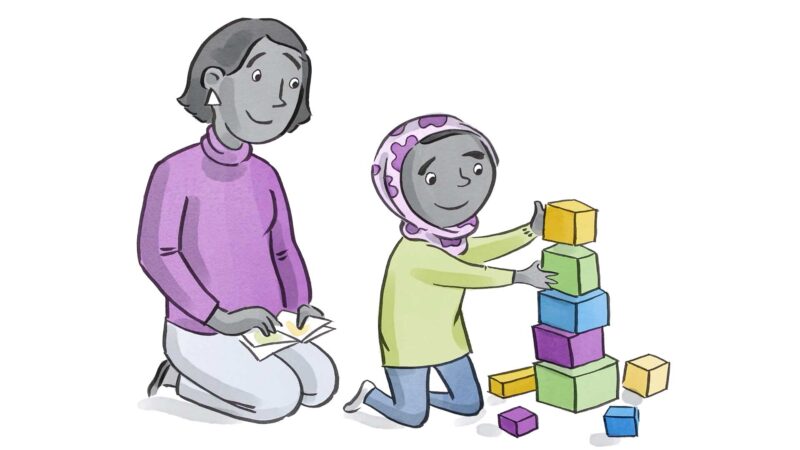Presenting visually: Incorporating sketching into your delivery has been proven to keep students more interested and engaged with the subject matter, compared to a slide deck or similar.
Communications that Transform Education
Whether you work in the school system, higher education, or the corporate training world, you know that keeping students, staff, and stakeholders engaged is critical for your message to be heard.
Challenges in the Education Sector
We’ve witnessed the full spectrum of hurdles that educators and trainers face when creating an optimal learning environment for students. Some of these challenges include:
- Topic delivery: How to expose students to information or skills that are important, without resorting to just reading out the key points.
- Student engagement: How to get classroom participants to focus, actively discuss the subject matter, and maintain that focus for the entire presentation.
- Dense or boring subject matter: How to take content that is “boring but important” and present it in a way that will resonate with the class.
- Diverse learning backgrounds: How to adapt the lesson to students with different language and cultural backgrounds, different understandings of the subject matter, and different learning styles.
- Time management: Even with the additional unpaid hours that all teachers put in to preparing lessons, filling out reports, and other administration, it often feels like there just aren’t enough hours in the day to give students the attention they need—especially in the public school system.
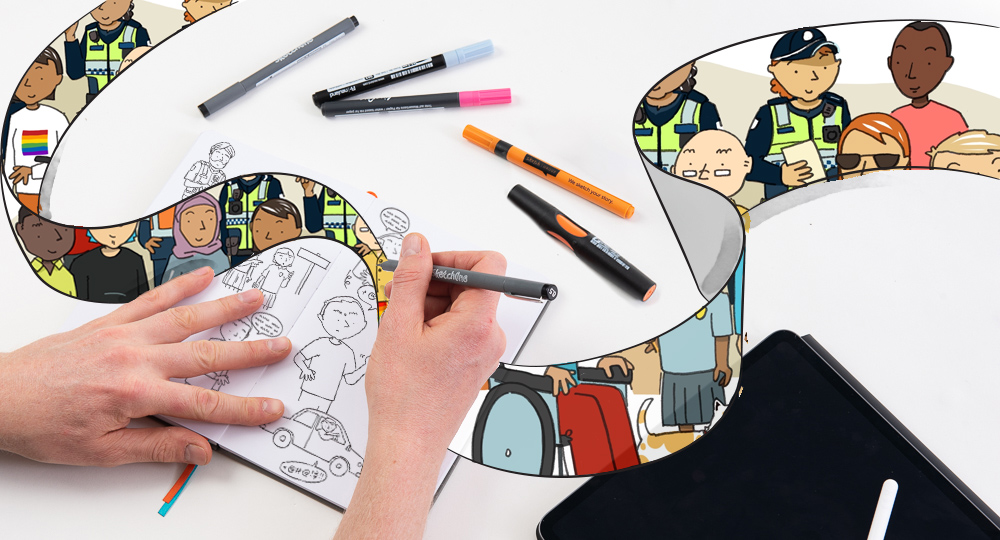
How Sketch Group can help
-

-

Experimental collaboration: Combining visuals with virtual collaboration software can get even the most jaded participants excited and paying attention.
-

Mixed media: Bringing information to life through storytelling, digital visuals, and physical artefacts can transform how it is received.
-

Visual storytelling: Building a visual vocabulary for common phrases can make information more accessible to everyone, not just native speakers.
-

Digitisation: Digital assets such as videos, illustrations, or Virtual Reality worlds can be delivered on-demand, freeing you up to invest your time elsewhere
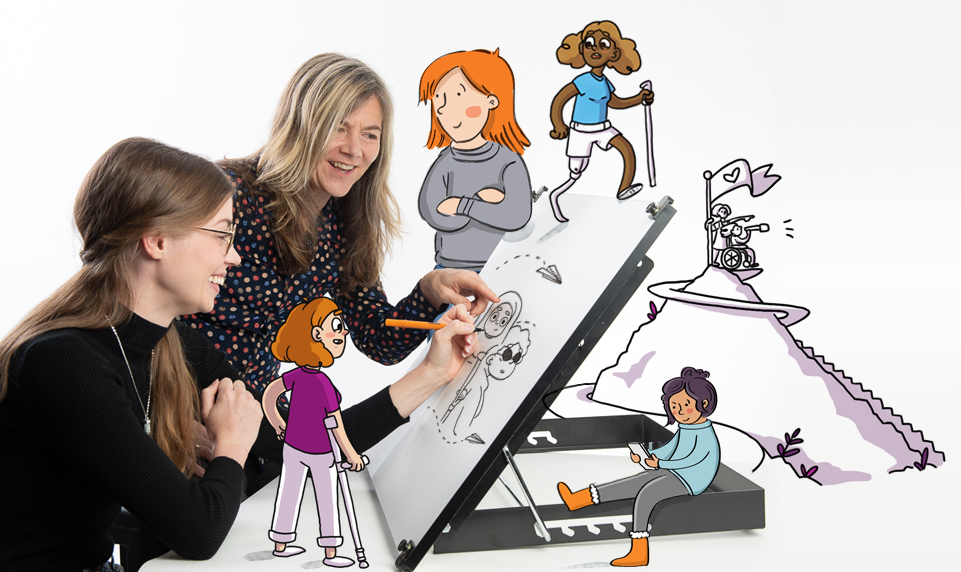
Services we offer education clients
-
Learn more

Explainer Videos
We bring your story, idea, or message to life with an engaging, hand-drawn video.
-
Learn more
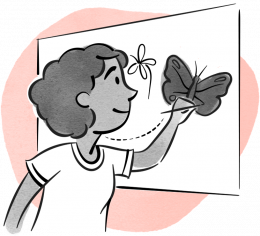
Graphic Recording
Having someone in the room capture the conversation in real time fundamentally changes the dynamic, and the insights you can gather.
-
Learn more
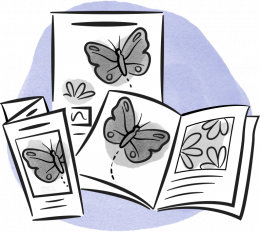
Illustration
We love bringing health messaging to life with thoughtful imagery, whether it’s explaining the service or inspiring the team.
-
Learn more
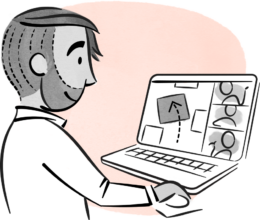
Training
Our visual thinking workshops have transformed how organisations think, communicate, and collaborate with each other.
Insights delivered monthly to your inbox
Our market-leading Feelin’ Sketchy newsletter is an invaluable source for visual thinking, analysis and learning. No fluff. No special offers involving steak knives. Just great content.
We never spam, our promise!
